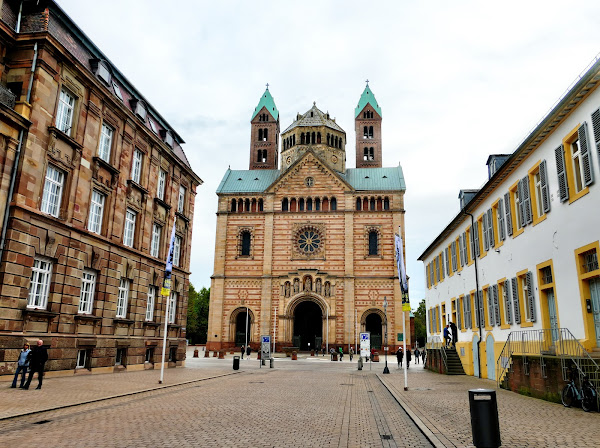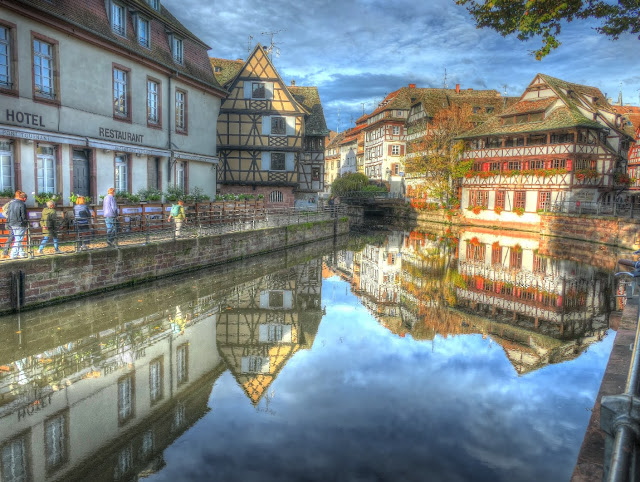Final Days: Cologne, Kinderdijk, and Amsterdam

Reliquary in the Cologne Cathedral Our final three days began in Cologne, a large city (1.1 million people) on both sides of the Rhine. In 39 BCE a a Germanic tribe, Ubii, entered into an agreement with the Romans to establish a military camp in this location. In 50 AD the Agrippina the Younger, wife of the Emperor Claudius and native of this area, asked for her home village to be raised to the status of a colonia — a city under Roman law. It was then renamed Colonia Claudia Ara Agrippinensis (colony of Claudius and the altar of Agrippina), shortened to Colonia Agrippina (Colony of Agrippina). It was the Colony part of that long name that stuck and hence Cologne. The central city was effectively destroyed during World War II. It has been rebuilt to create the look and feel of what was there before the war including several Roman ruins scattered around the city. Cologne Cathedral The signature image of Cologne is the cathedral. While it sustained some ...



_Enhancer_small.jpg)
